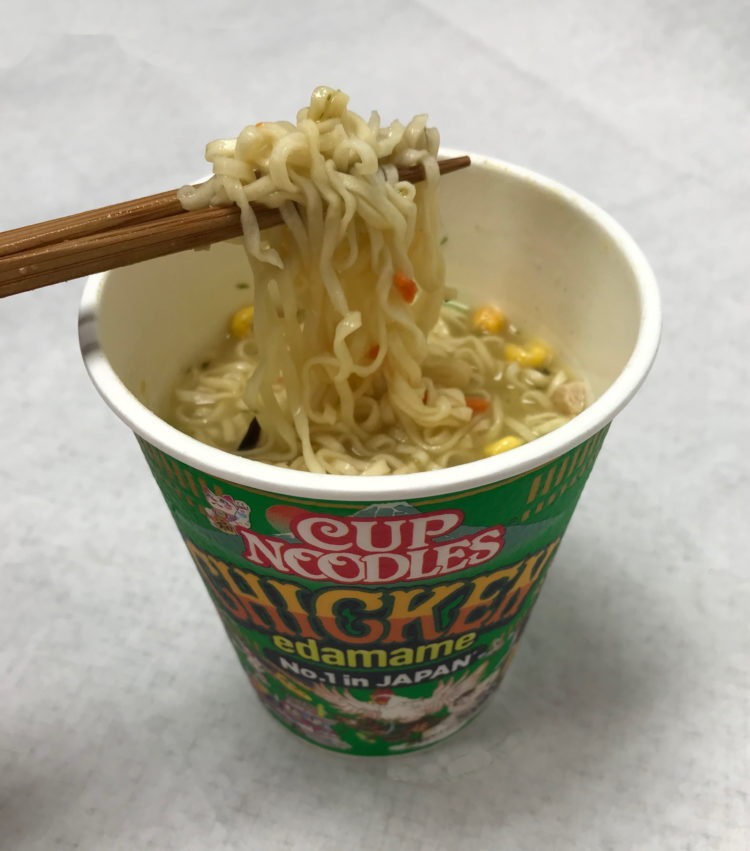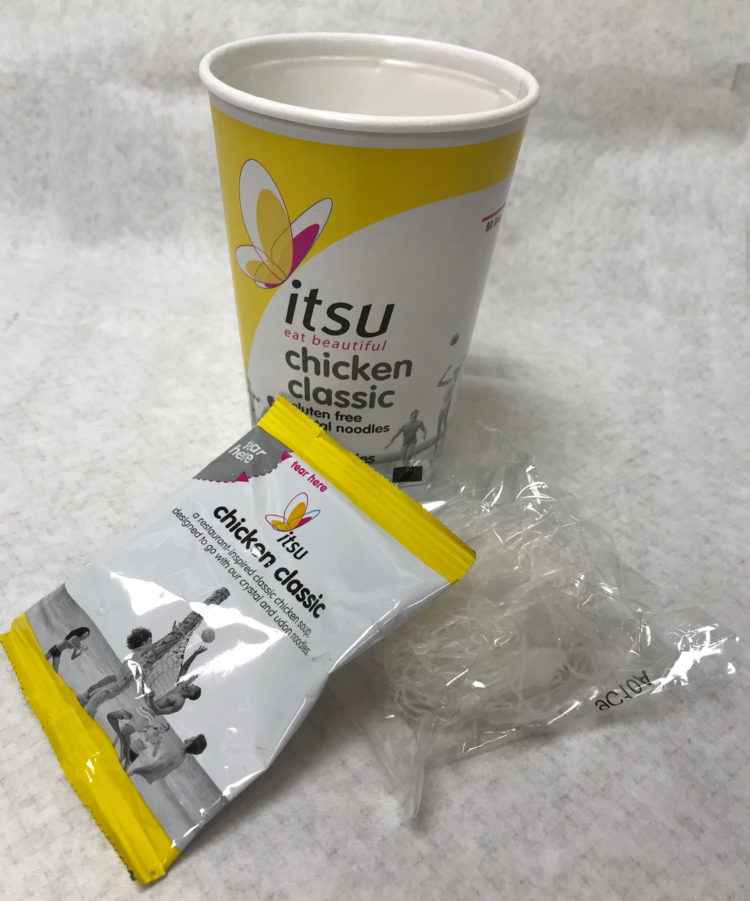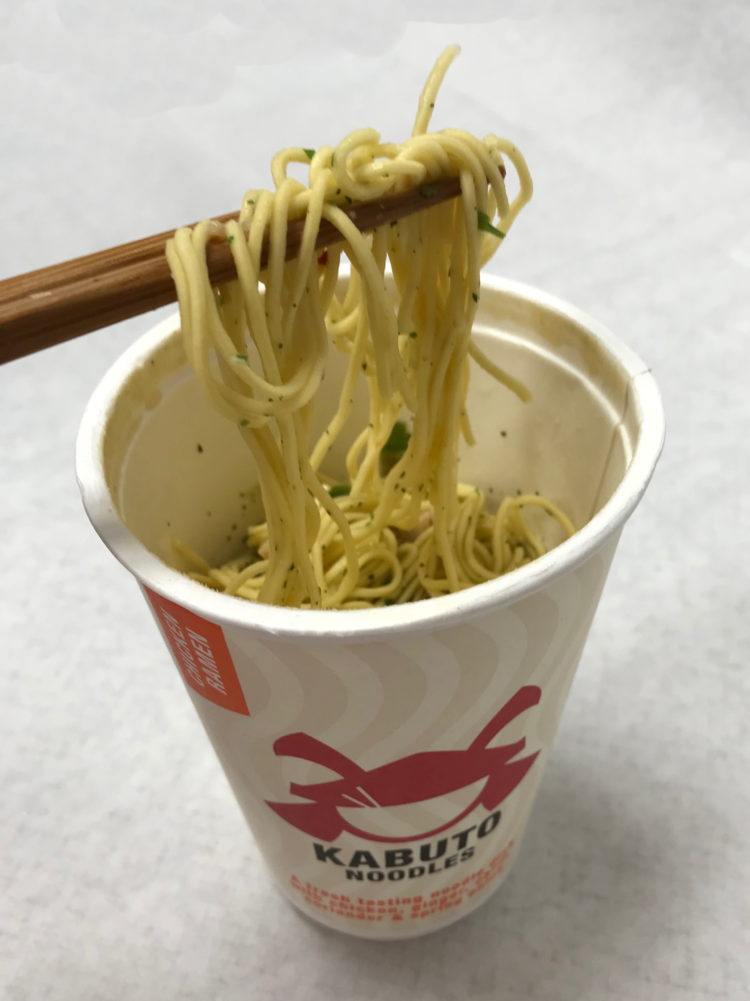
Following last time’s nigiri taste-test, let’s turn now to the roll sushi.
Itsu’s mixed set contains three different types of medium-sized roll sushi. One is crab sticks with mayonnaise and a little taste of soy sauce. Then there’s the classic salmon and avocado. More unusual is their vegetable roll with red pickled ginger, beans, avocado and mint. The whole thing has been rolled in chives (the other two rolls use sesame seeds) for a more Western taste. The ginger has a sharp little kick to it, and its actually pretty great.
Itsu also sell thin roll sushi separately, and we tried their salmon and avocado varieties.


Wasabi’s set includes one medium-sized roll, three thin rolls, as well as the nigiri. It’s a good selection and looks attractive. The generous fillings for the medium roll are egg, salmon, crab stick and avocado. The thinner rolls are salmon, avocado, and cucumber with sesame.

Both Itsu and Wasabi use similar fillings, so there wasn’t much difference between them here. But, take a look at the photo of the nori (seaweed) wrapped rolls.

You don’t have to be a nori expert to spot the difference. Itsu is on the left, Wasabi on the right. In Japan, nori is sold in different grades of quality. You can tell higher grade nori from the depth of the black colour and its shininess. That’s why Japanese people get excited when they see really dark and glossy nori.
The quality of the nori is also reflected in its taste. Here, Itsu on the left clearly has used better nori, and as a result you can taste a proper nori flavour in their rolls.
Let’s take another look, this time from above. Again, Itsu is on the left and Wasabi on the right.

This time, take a close look at the rice. As you can see, the individual grains of rice are easily visible in the roll on the left. But on the right, the rice has been squished and the individual grains are no longer visible.
It’s long been said in Japan that the ideal sushi is one that doesn’t fall apart in your hand, but still melts in your mouth. In other words, the minimum amount of pressure should be applied when making it.
So, sorry, Wasabi, but presenting sushi where all the grains have been smushed together like this, is not good.
In conclusion, in the expert view of your Zoom Japan judging panel, the victor of the Itsu vs. Wasabi taste-test is…. Itsu! Itsu’s narrower variety of simple and tasty sushi, made with good-quality nori and carefully handled rice, easily triumphs over Wasabi’s wider variety.








